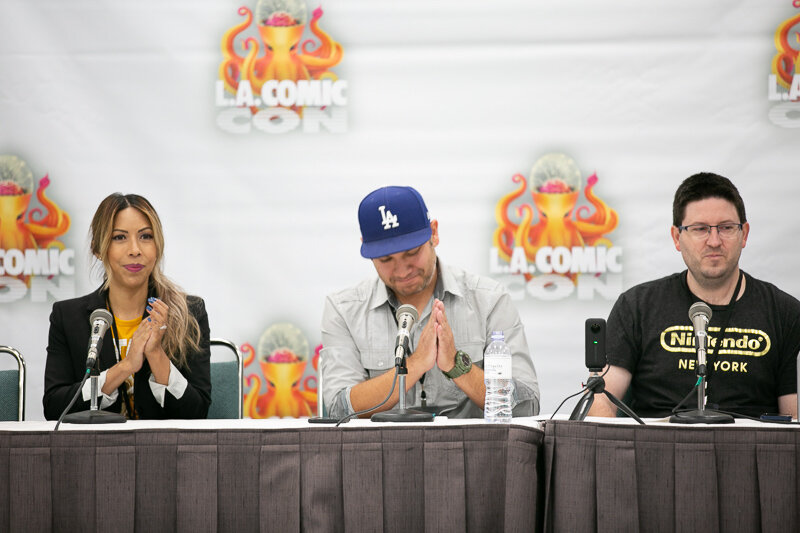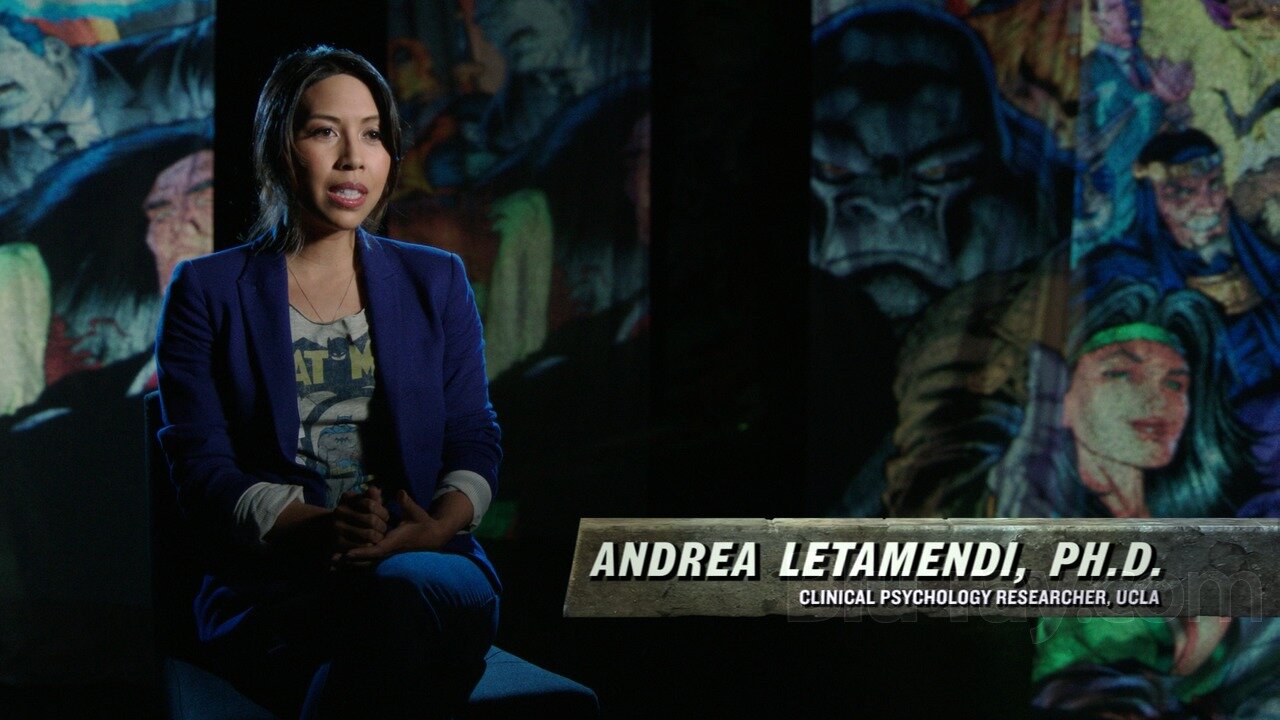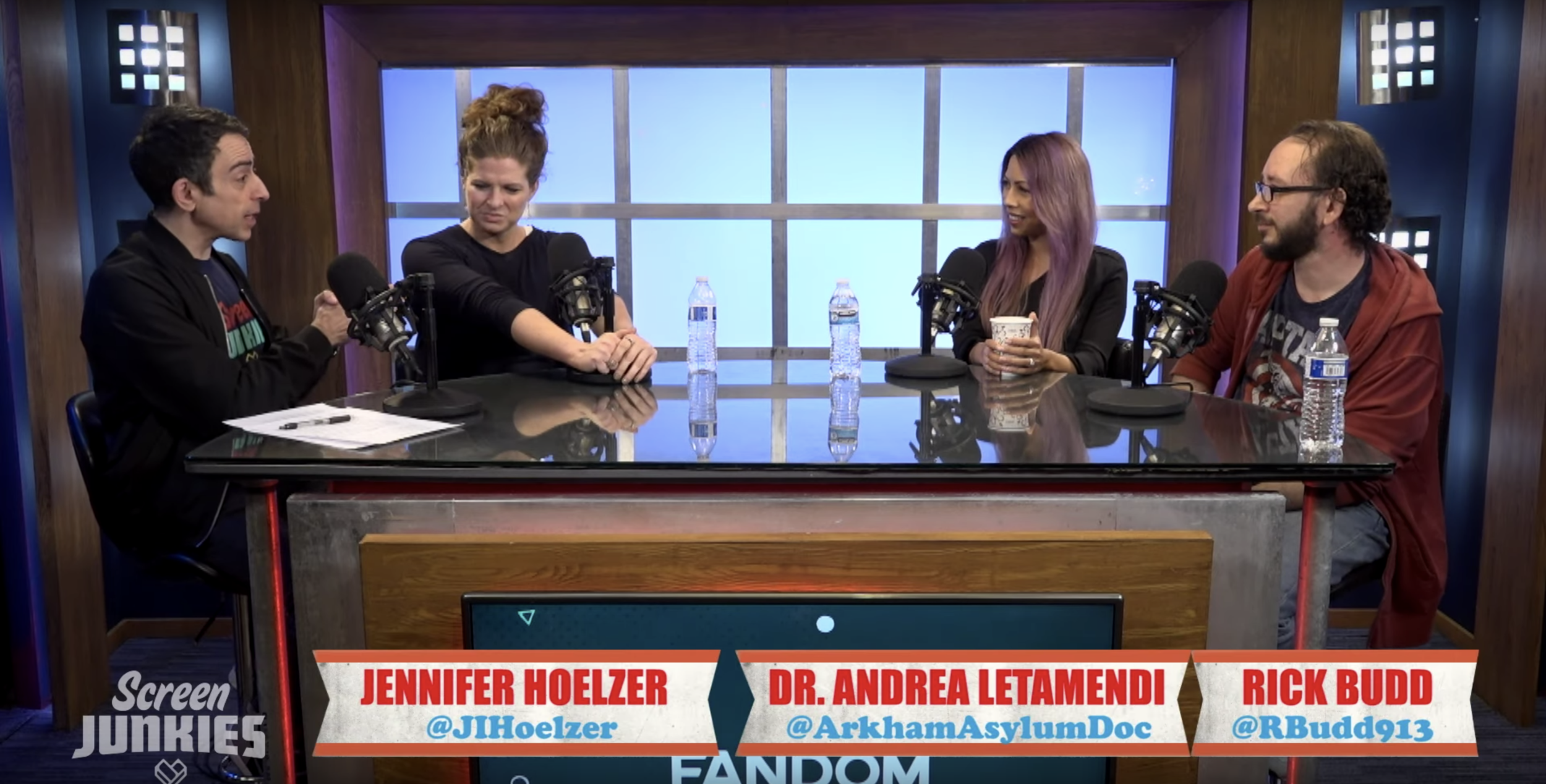Resilience as Everyday Heroism
Welcome! My site comprises articles, podcast episodes, workshop offerings, and consultation-focused partnerships that help individuals, agencies, and institutions build psychological resilience, reignite purpose, and exercise mental health promotion. Please check out my Bio for more information about my well-being strategies.
Thank you for visiting!
Affiliations
“We look for characters in media who we see ourselves in, and our expressions of fandom can be healing.”
PODCAST
The Arkham Sessions is a podcast dedicated to the psychology of Batman - and other stories! Hosts Dr. Drea and Brian combine science and superheroes to deepen knowledge and add some fun to fandom!
Writing
Read articles and thought pieces about the psychology of characters and stories in television, film, and other media. Covering a breadth of topics from Star Wars to Game of Thrones, these psychobiographies explore how fiction and fandom can help us learn more about ourselves.
On Camera Appearances
Explore Dr. Drea’s interviews, commentaries, or other media appearances as part of her role as a technical consultant.
SPEAKING
Dr. Drea partners with universities and organizations to deliver presentations on how individuals, teams, and communities can enhance resilience and mental well-being.
Upcoming Events
Find Dr. Drea’s upcoming panel appearances at comic conventions and other public events.
Consultation and Advising
Creating a character or story and need technical consultation? Dr. Drea provides recommendations for writers and creators behind the stories in comic books, graphic novels or scripts.
“This is a new day, a new beginning.” – Ahsoka Tano, Star Wars


















